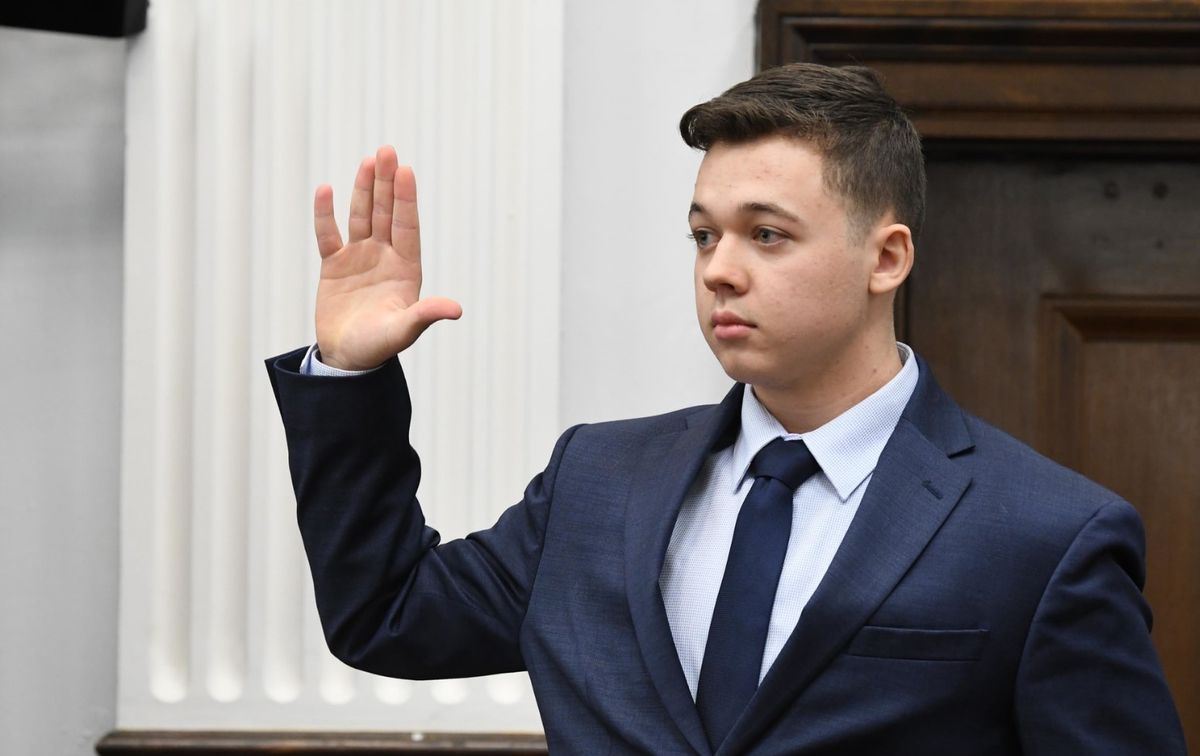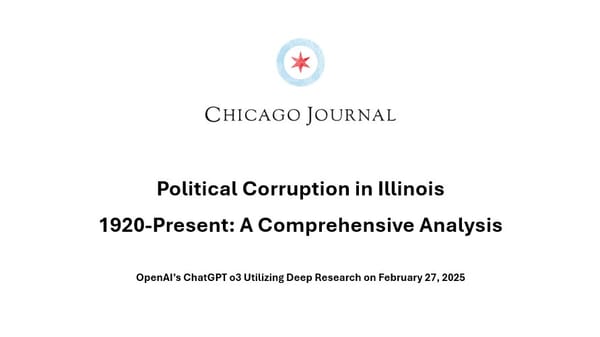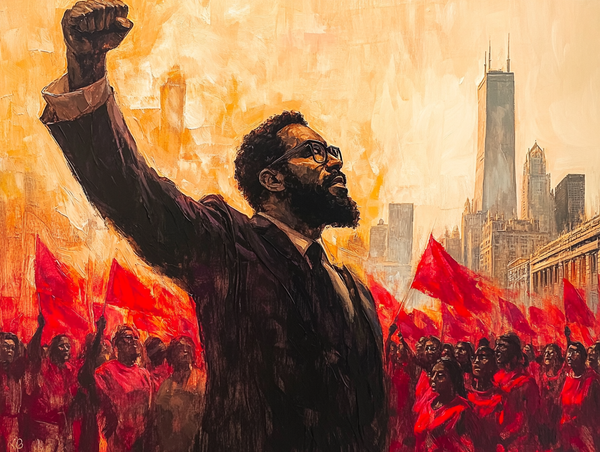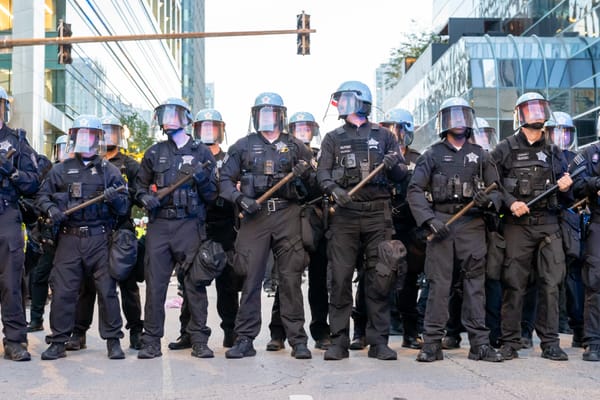Rittenhouse takes the stand
Rittenhouse could get life in prison if convicted of the most serious charges against him. Rittenhouse’s decision to testify came despite several legal experts saying that an underwhelming prosecution case had made it less likely he would need to do so.

Editor's Note: This page will continue to be updated throughout the day.
KENOSHA, Wis. (AP) — Kyle Rittenhouse took the stand at his trial Wednesday on charges of killing two men and wounding a third during a night of turbulent protests and riots, responding no when asked by his attorney whether he came to Kenosha looking for trouble.
On the night of August 25, 2020, in Kenosha, Wisconsin, Rittenhouse shot and killed 36-year-old Joseph Rosenbaum at close range. Then, as members of the crowd set upon him, he killed Anthony Huber, a 26-year-old man seen on video clubbing Rittenhouse with a skateboard. Rittenhouse then wounded Gaige Grosskreutz, a 27-year-old man who admitted pointing his own gun at Rittenhouse just before he was shot.
Rittenhouse could get life in prison if convicted of the most serious charges against him.
Rittenhouse’s decision to testify came despite several legal experts saying that an underwhelming prosecution case had made it less likely he would need to do so.
Prosecutors used 5½ days of testimony to try to portray Rittenhouse as the aggressor on the night of the shootings. But the prosecution’s witnesses often bolstered the young man’s claim of self-defense, including his fear that his weapon would be taken away and used against him.
The jurors were sent out of the room just before Rittenhouse began testifying while the judge explained his right to remain silent and the potential risks of testifying, Rittenhouse repeatedly answering that he understood.
As jurors reentered the room, they filed by Rittenhouse on the stand. As Rittenhouse began answering questions, some jurors appeared to take extensive notes on their clipboards.
You can view the Day 6 of the trial live here:
Much of the defense's questioning and Rittenhouse's testimony was centered on the first shooting of the night, since it was Rosenbaum's death that set in motion the events that followed.
Rittenhouse, now 18, at first appeared composed as he gave answers in a matter-of-fact tone to questions from defense attorney Mark Richards. However, as the attorneys asked him to describe in detail the events that lead to the initial shooting, Rittenhouse broke down sobbing and the Judge called for a brief recess in the defense's questioning.
As he began crying on the stand and appeared unable to speak, his mother, Wendy Rittenhouse, on a bench across the courtroom, sobbed loudly. Someone next to her put an arm around her. After the judge called a recess, jurors walked by Rittenhouse and looked on as he continued to cry.
Rittenhouse testified that he saw videos of violence in downtown Kenosha on Aug. 24, 2020, the day before the shootings, including a brick being thrown at a police officer's head and cars burning in a Car Source dealership lot.
Rittenhouse said the Car Source owner “was happy we were there” and gave permission for his group to be there.
Kyle Rittenhouse testified that Rosenbaum, the first man he shot and killed during a night of turbulent protests and riots in Kenosha, was holding a chain at one point and twice threatened to kill him.
He said he had been putting out fires and asking people if they needed medical help when he saw Rosenbaum carrying a steel chain and wearing a mask. Rosenbaum began screaming at him, he said.
“He was just mad about something. He's screaming, 'If I catch any of you (expletives) alone I'm going to (expletive) kill you.'”
And later, apologizing to the court for his language, he testified Rosenbaum said: “I’m going to cut your (expletive) hearts out!" Rittenhouse said Rosenbaum also called them “N-words." But he said he didn't want to repeat the word in court.
Later, Rittenhouse said he was walking toward a Car Source lot with a fire extinguisher to put out a fire when “I hear somebody scream, ‘Burn in hell!’ And I respond with ‘Friendly, friendly, friendly!'”
He said Rosenbaum was running at him from one side and another protester with a gun in front of him, “and I was cornered." He said that's when he began to run.
He said another protester, Joshua Ziminski, told Rosenbaum, “Get him and kill him.”
Rittenhouse said he heard a gunshot “directly behind me,” and as he turned around, Rosenbaum was coming at him “with his arms out in front of him. I remember his hand on the barrel of my gun.”
Then he said, “I shoot him.” He also said he thought the object Rosenbaum threw — a plastic hospital bag — was the chain he had seen Rosenbaum carrying earlier.
He said he fired four times, went up to and intended to help Rosenbaum, but was in shock as someone else attended to Rosenbaum. Rittennhouse then ran away because people were yelling “get his ass, get him, get him." Rittenhouse said he thought the “safest option” was to turn himself into police who were on the road nearby.
When defense attorney Mark Richards asked Rittenhouse why he didn’t keep running away from Rosenbaum, he said: “There was no space for me to continue to run to.”
Then Rittenhouse testified Huber hit him in the neck with a skateboard and someone hit him in the back of the head with a rock, he became lightheaded and stumbled. A man tried to kick him in the face after he went down. He fired twice at that man but missed. Rittenhouse said he feared the man “would have stomped my face in.”
Rittenhouse said Huber then hit him in the neck again with the skateboard and grabbed his gun.
“I can feel the strap coming off my body,” he said. “I fire one shot.”
In the next instant, Grosskreutz ran up to him. He lowered his rifle as Grosskreutz raised his hands in a “surrender” motion. But Grosskreutz was holding a pistol and as Rittenhouse lowered his weapon Grosskreutz pointed the pistol “directly at my head,” Rittenhouse said. He fired once, hitting Grosskreutz in the arm.
“I didn’t intend to kill them, I intended to stop the people who were attacking me," Rittenhouse said.
Rittenhouse testified that after he shot Grosskreutz he approached a line of police vehicles with his hands up.
“People were screaming and I'm just trying to get to the police,” he said. “I didn't do anything wrong. I defended myself."
He walked up to a squad car and told an officer he had just shot somebody. “The officer said 'get the (expletive) back or you're going to be pepper sprayed' and ‘go home, go home, go home,’” he said.
He turned himself in at the Antioch Police Department about an hour later because the Kenosha station was barricaded, he said. He said officers made him sit on a chair and wait for Kenosha detectives to arrive.
“I was vomiting and having panic attacks and my head was spinning,” he said. “I couldn't think clearly.”
During the prosecution's cross-examination of Rittenhouse's testimony, prosecutor Thomas Binger asked Rittenhouse about whether it was appropriate to use deadly force to protect property. The prosecutor also posed questions about Rittenhouse’s silence after his arrest.
At that, the jury was ushered out of the room, and Circuit Judge Bruce Schroeder loudly and angrily accused Binger of pursuing an improper line of questioning and trying to introduce testimony that the judge earlier said he was inclined to prohibit.
Rittenhouse lawyer Corey Chirafasi all but suggested prosecutors might be deliberately trying to cause a mistrial because this one is “going badly” for the prosecution and it wants a do-over. The defense asked for a mistrial with prejudice, meaning that if one is granted, Rittenhouse cannot be retried in the shootings.
When Binger said he had been acting in good faith, the judge replied: “I don't believe that.”
Prosecutor Thomas Binger went hard at Rittenhouse all afternoon during cross-examination, walking him through each of the shootings. Rittenhouse continually pushed back, saying he had no choice but to fire.
During the prosecution's cross-examination, Rittenhouse said that he “didn't want to have to shoot” Joseph Rosenbaum, but he said Rosenbaum was chasing him and had threatened to kill him earlier.
“If I would have let Mr. Rosenbaum take my firearm from me, he would have used it and killed me with it," he said, "and probably killed more people.”
But Rittenhouse also acknowledged that the strap holding his gun was in place and that he had both hands on the weapon. And Binger suggested that Rosenbaum might have been trying to bat the rifle away.
Prosecutor Thomas Binger sought to drive home the state's contention that Rittenhouse created the dangerous situation that led to bloodshed that night.
“You understand that when you point your AR-15 at someone, it may make them feel like you’re going to kill them, correct?” Binger asked.
Rittenhouse, his voice cracking, responded: “He could have ran away instead of trying to take my gun from me, but he kept chasing me. It didn’t stop him.”
An Explanation of the Charges Rittenhouse Faces
- First-degree Reckless Homicide, Use of a Dangerous Weapon
This felony charge is connected to the death of Joseph Rosenbaum, the first man Rittenhouse shot.
Reckless homicide differs from intentional homicide in that prosecutors aren't alleging Rittenhouse intended to murder Rosenbaum. Instead, they're alleging Rittenhouse caused Rosenbaum's death by showing an utter disregard for human life.
Former Waukesha County District Attorney Paul Bucher said prosecutors' decision to charge reckless instead of intentional homicide shows they don't know what happened between Rittenhouse and Rosenbaum and what might have been going through Rittenhouse's mind when he pulled the trigger.
The charge is a felony punishable by up to 60 years in prison. The dangerous weapon modifier carries another five years.
- First-degree Recklessly Endangering Safety, Use of a Dangerous Weapon
This felony charge is also connected to the Rosenbaum shooting. McGinnis told investigators he was in the line of fire when Rittenhouse shot Rosenbaum. The charge is punishable by 12 1/2 years in prison. The weapons modifier carries another five years.
- First-degree Intentional Homicide, Use of a Dangerous Weapon
This charge is connected to Anthony Huber's death.
Intentional homicide means just that — a person killed someone and meant to do it. Bucher said that if Rittenhouse pointed the gun at Rosenbaum and pulled the trigger that would amount to intentional homicide. However, self-defense would trump the charge.
“Why I intended to kill this individual makes the difference,” Bucher said.
The count carries a mandatory life sentence. The weapons modifier would add up to five years.
- Attempted First-Degree Intentional Homicide, Use of a Dangerous Weapon
This is the charge for Rittenhouse shooting Gaige Grosskreutz in the arm seconds after he shot Huber, and as Grosskreutz came toward him holding a pistol. Grosskreutz survived.
The charge carries a maximum sentence of 60 years. The weapons modifier would add up to five more years.
- First-degree Recklessly Endangering Safety, Use of a Dangerous Weapon
Video shows an unknown man leaping at Rittenhouse and trying to kick him seconds before Huber moves his skateboard toward him. Rittenhouse appears to fire two rounds at the man but apparently misses as the man runs away.
This charge is a felony punishable by 12 1/2 years in prison. The weapons modifier again would add up to five more years.
- Possession of a Dangerous Weapon by a Person Under-18
Rittenhouse was armed with an AR-style semiautomatic rifle. He was 17 years old on the night of the shootings. Wisconsin law prohibits minors from possessing firearms except for hunting.
The charge is a misdemeanor punishable by up to nine months behind bars.
- Failure to Comply with an Emergency Order from State or Local Government
Rittenhouse was charged with being out on the streets after an 8 p.m. curfew imposed by the city, a minor offense that carries a fine of up to $200. Judge Bruce Schroeder dismissed the charge during the second week of trial after the defense argued that prosecutors hadn't offered enough evidence to prove it.





